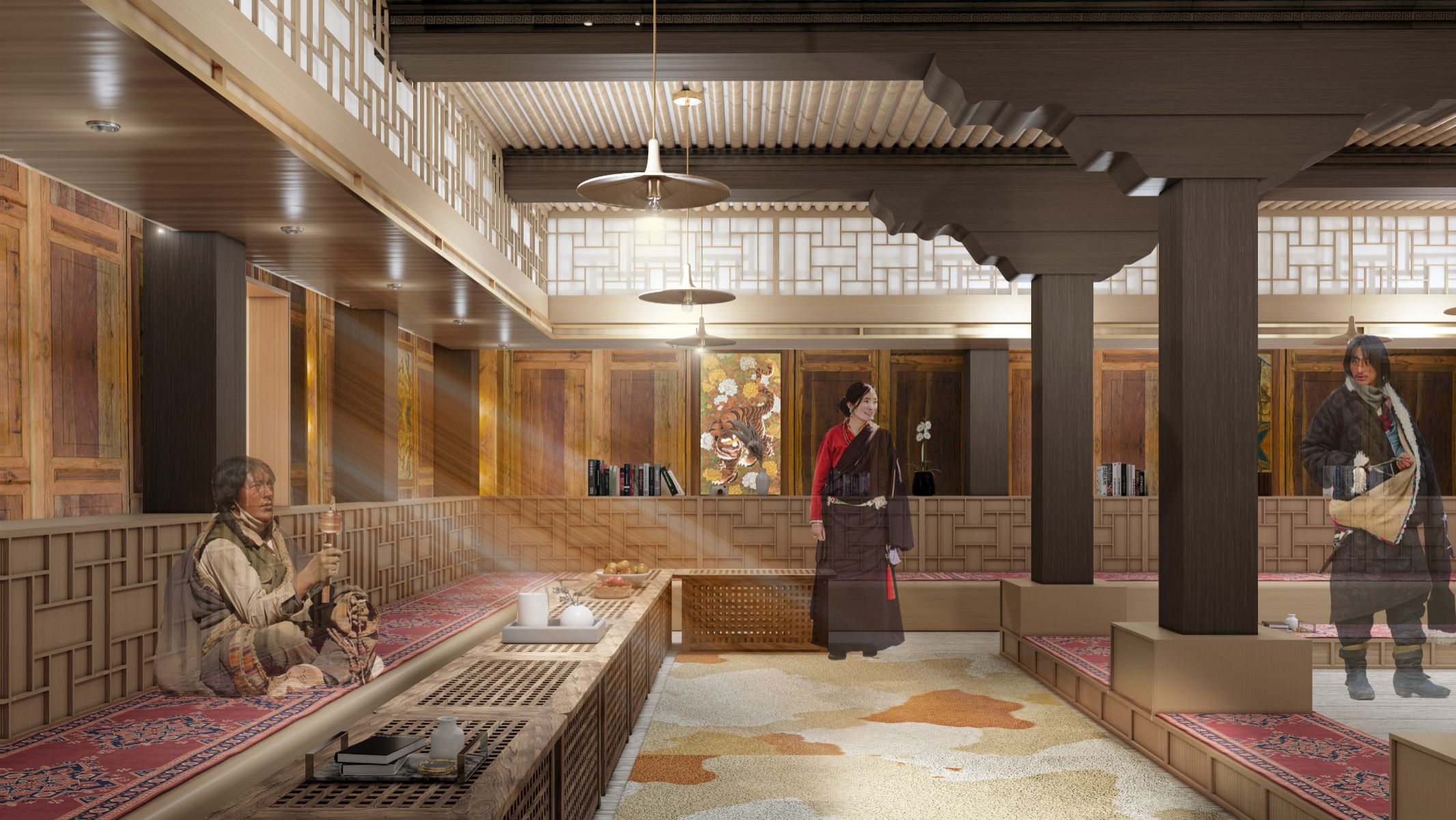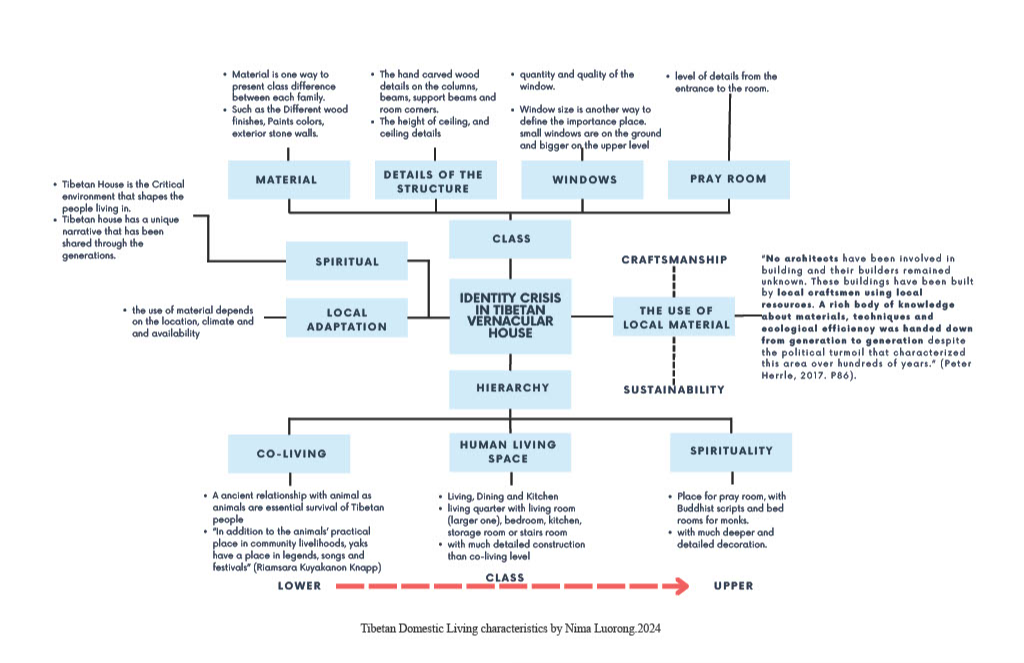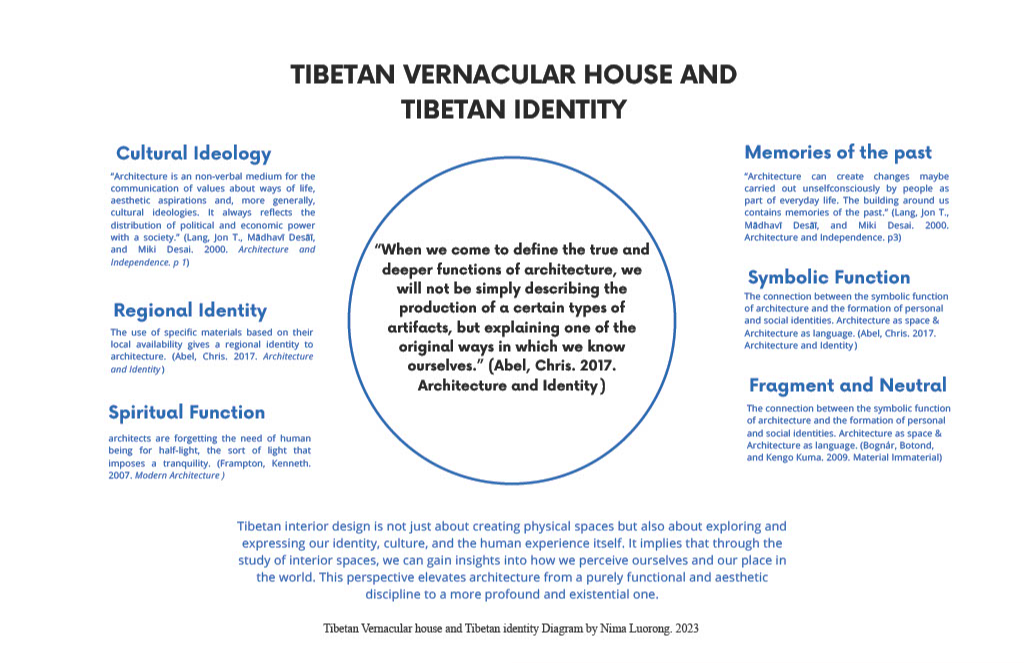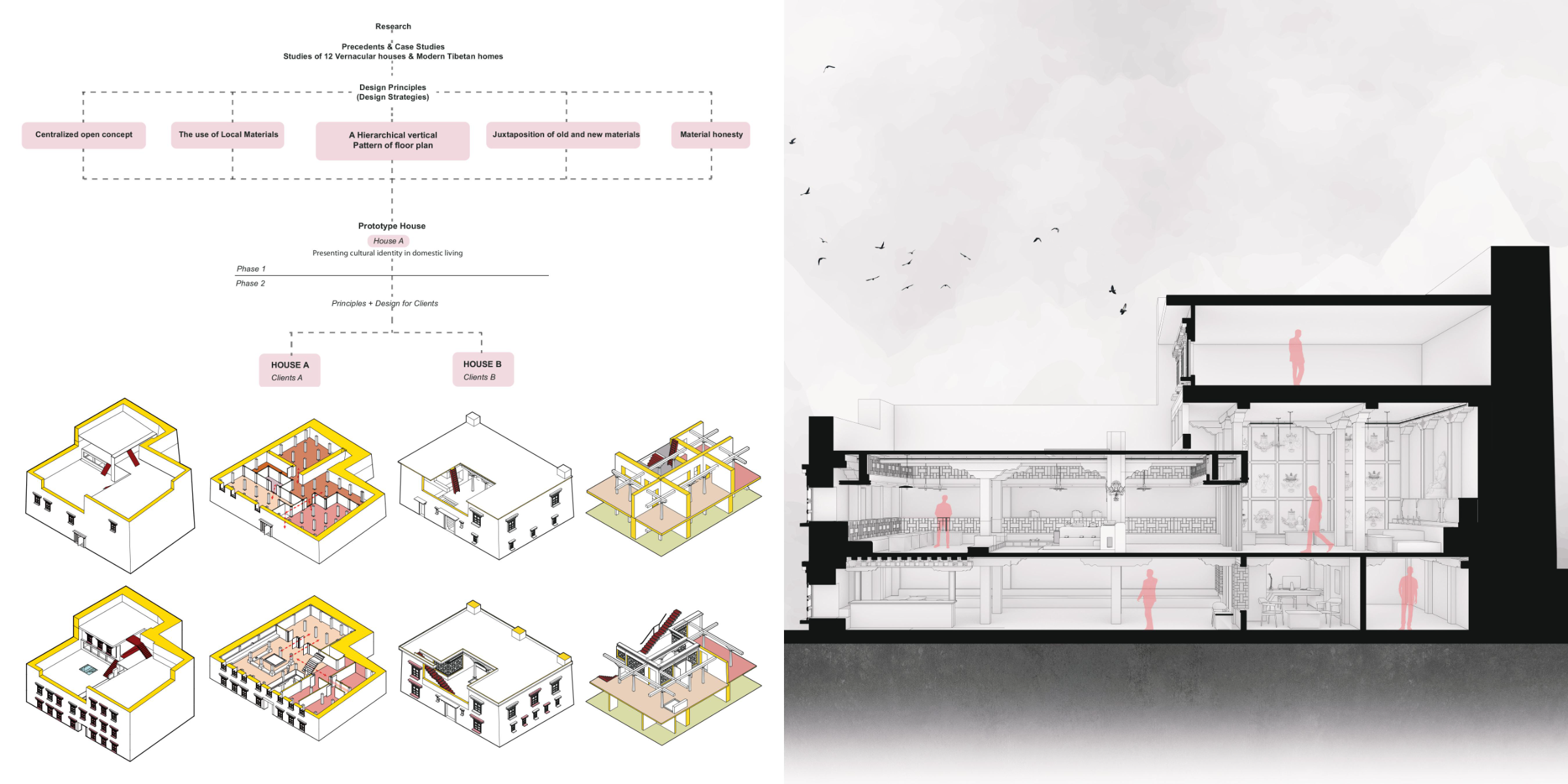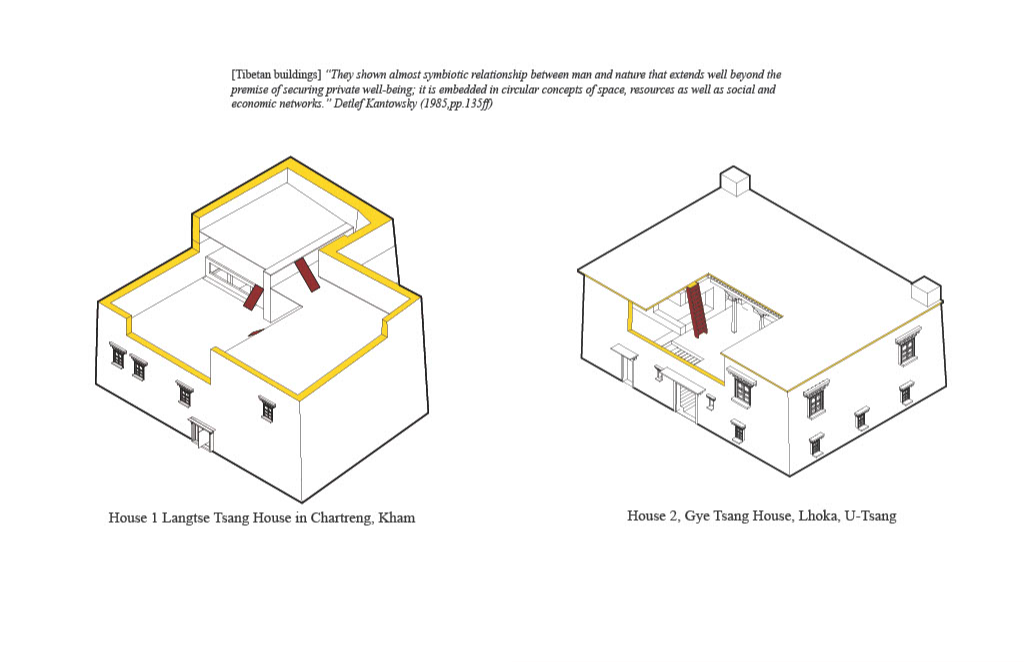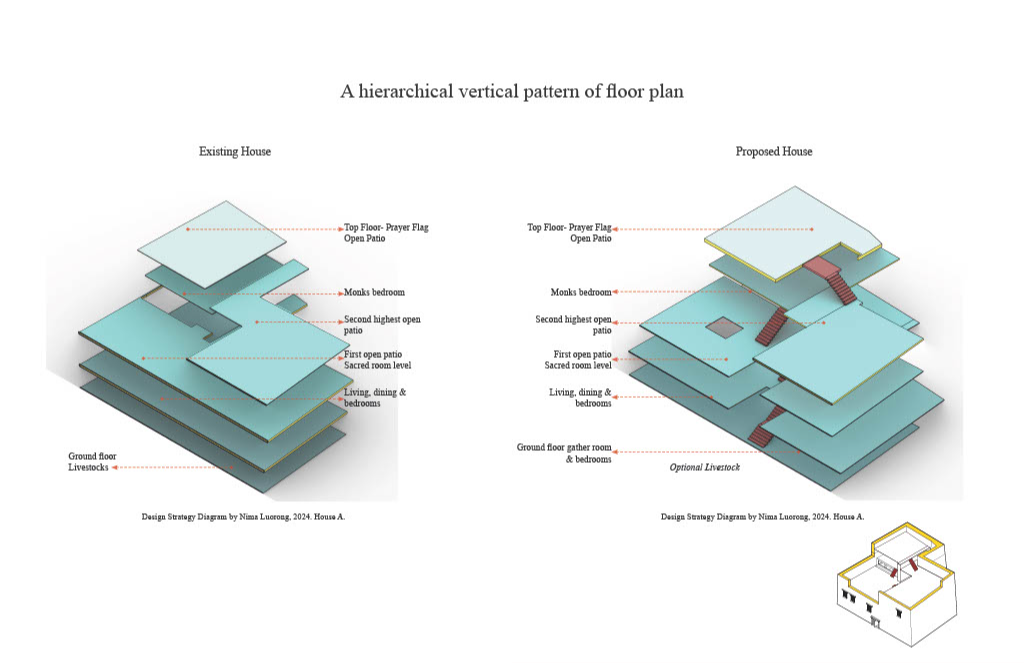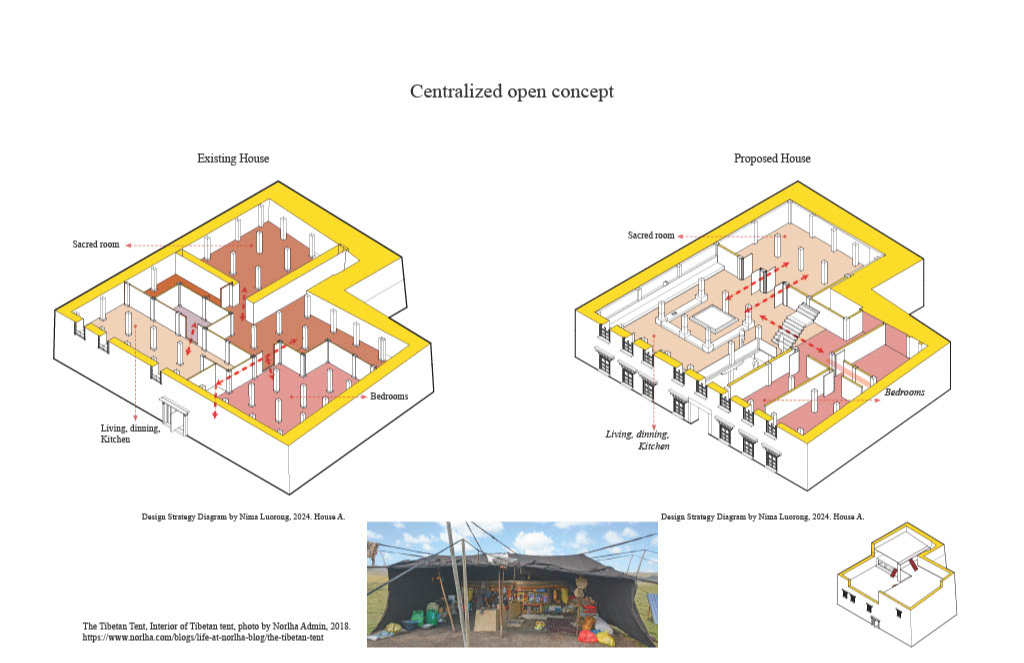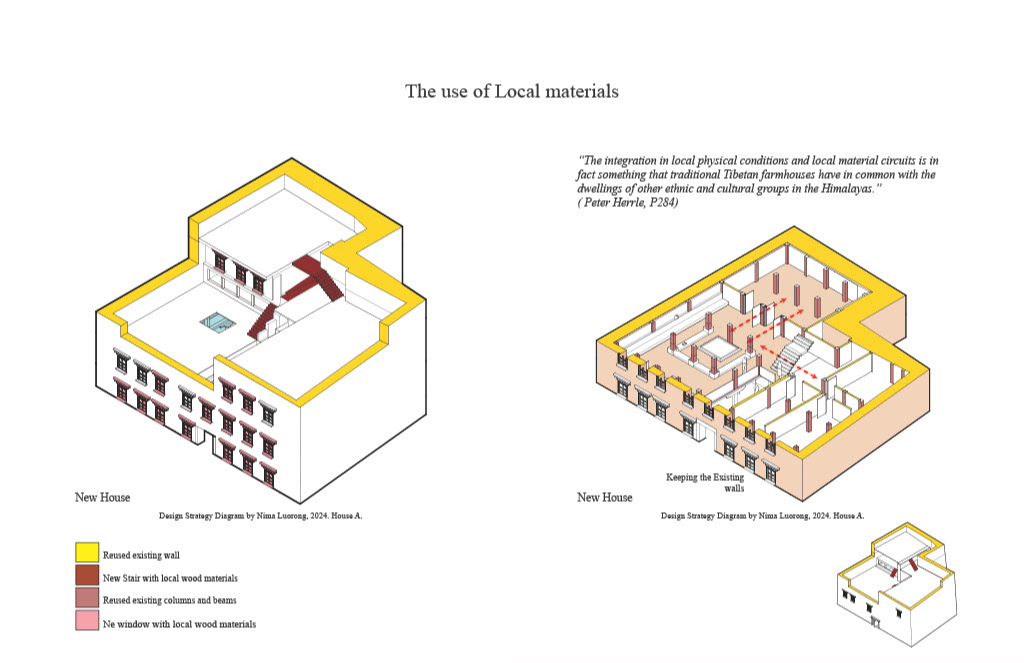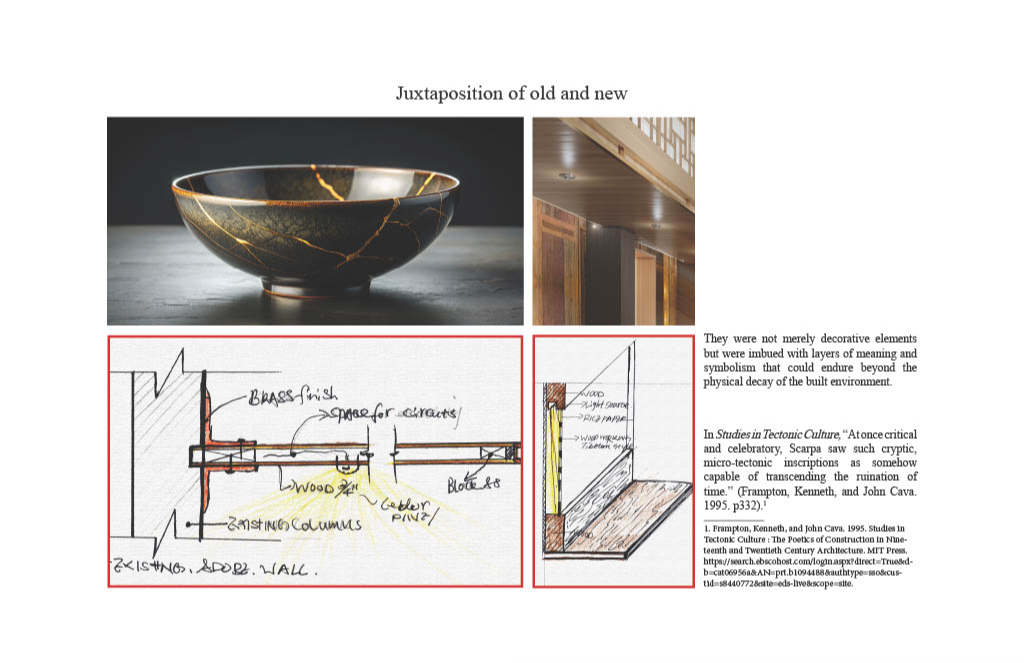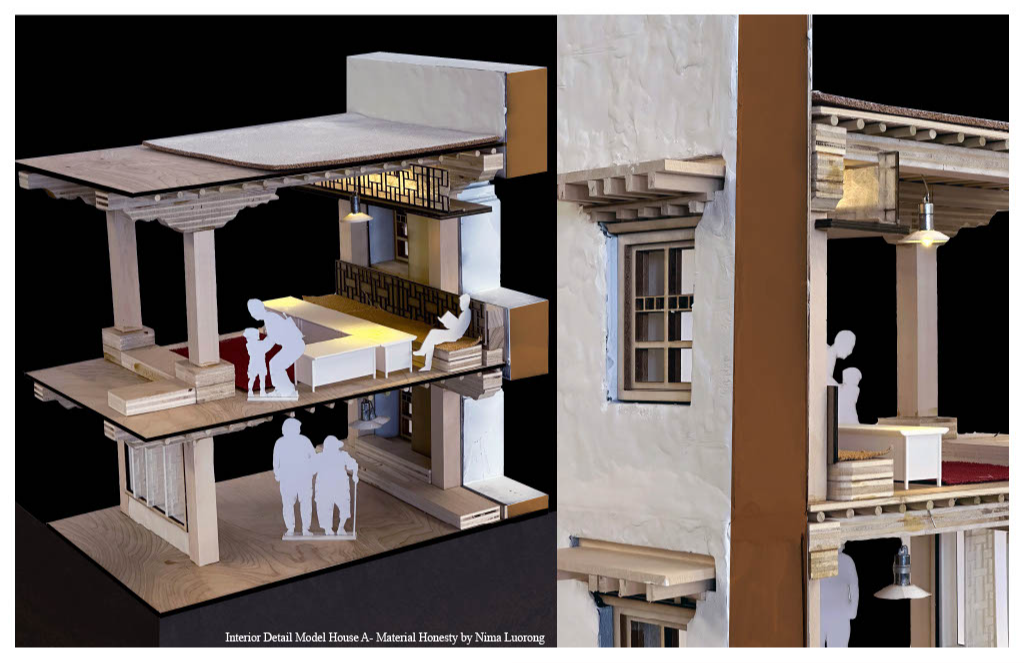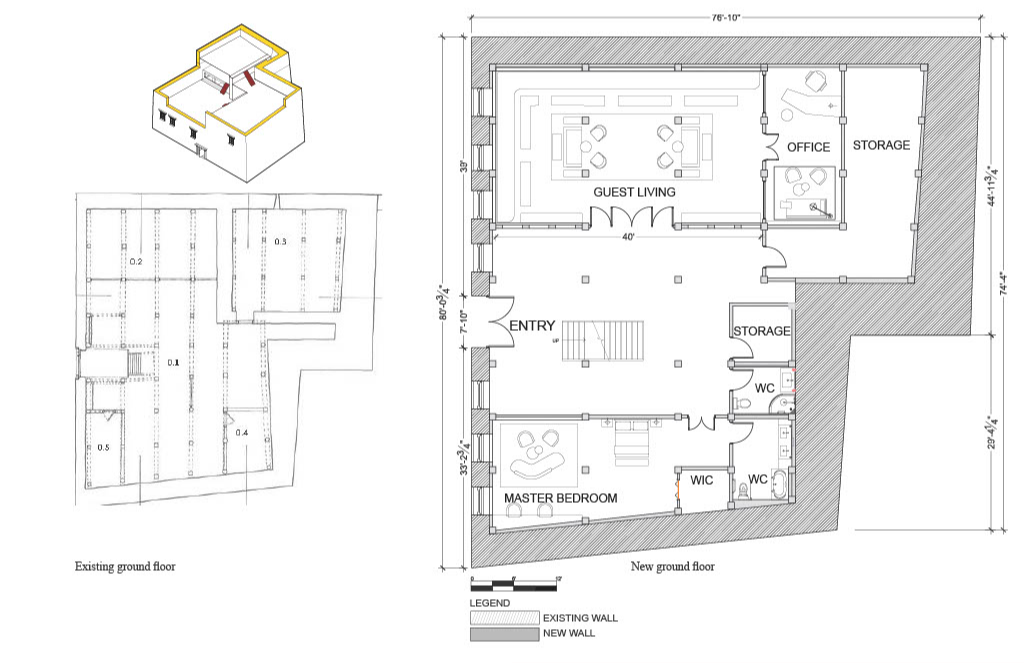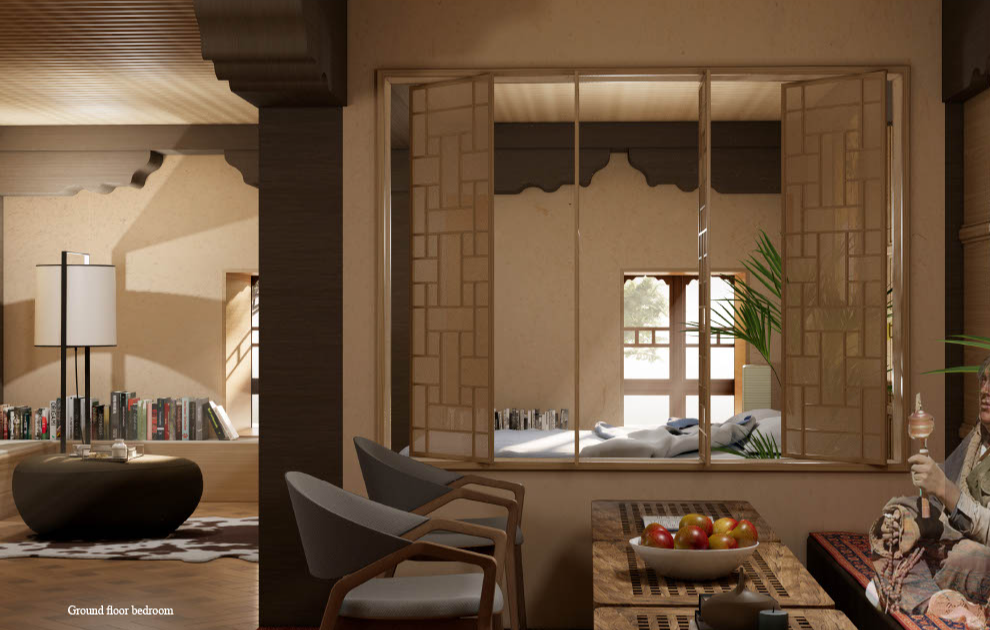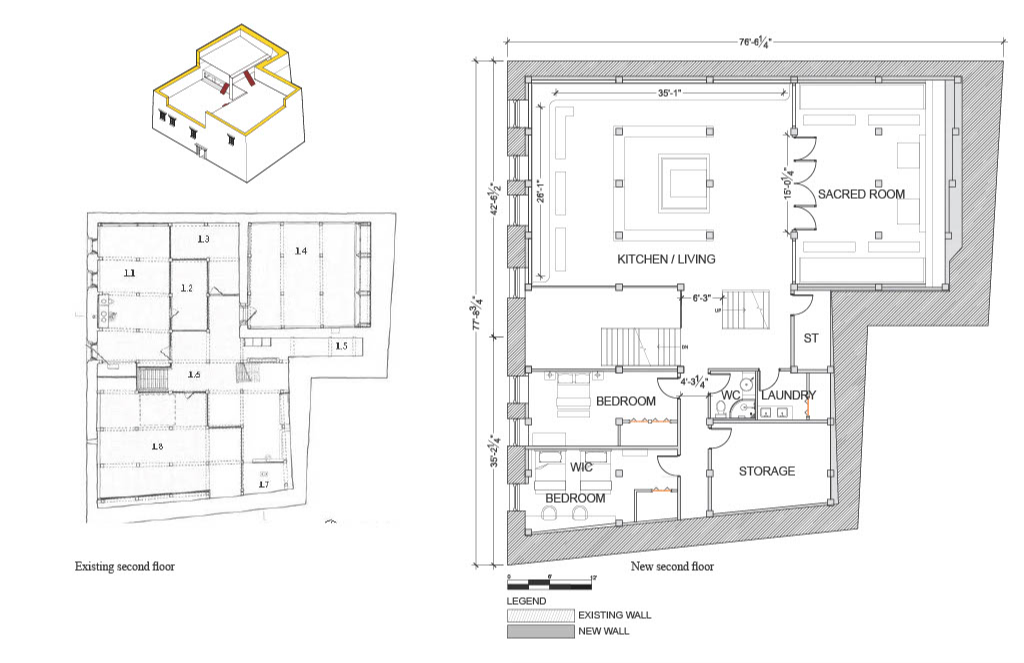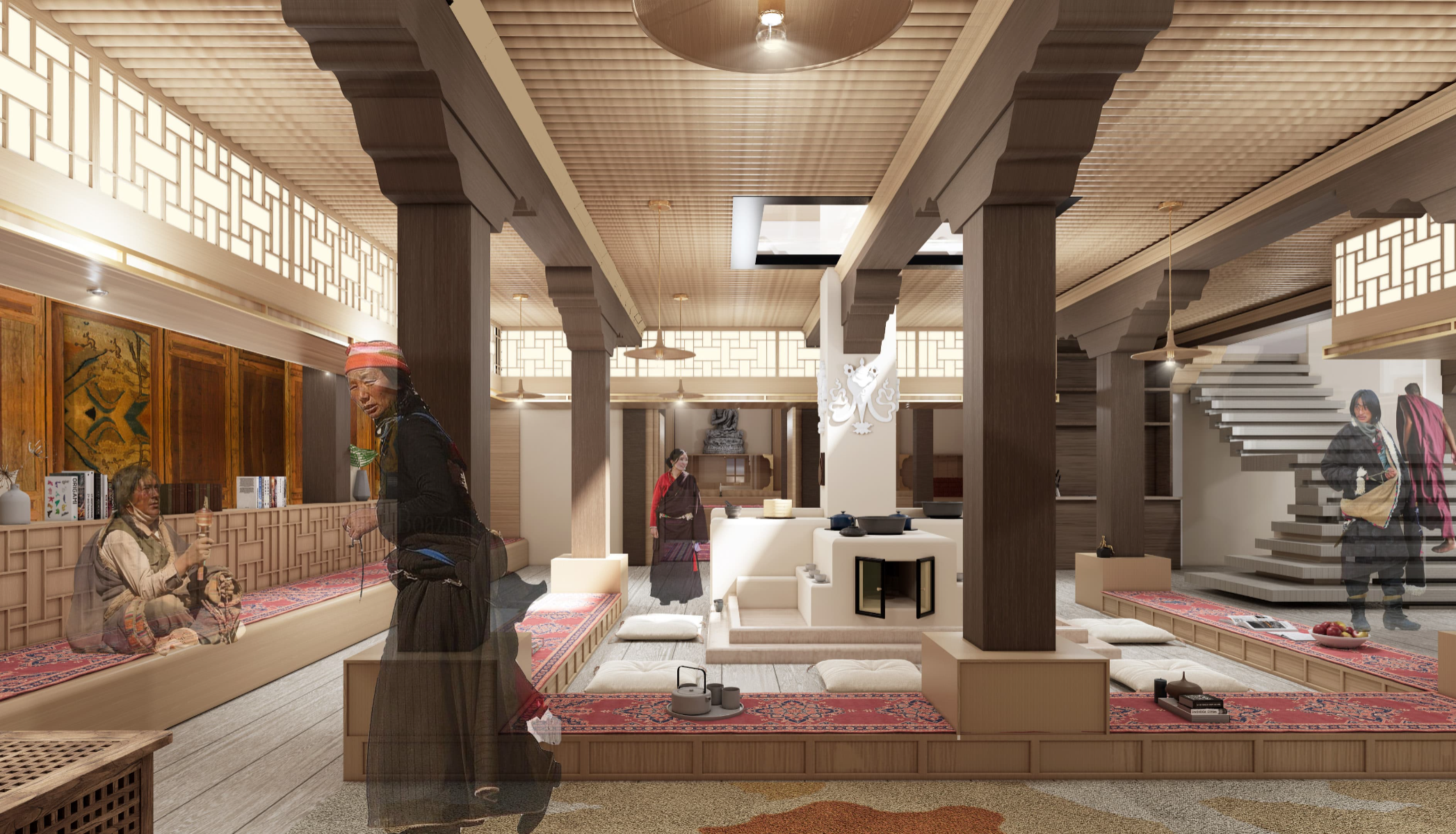Nima Luorong
Interior Design MS
Pratt School of Design
Specialisms: Interior Architecture
Location: Chengdu, China


Nima Luorong

First Name: Nima
Last Name: Luorong
Specialisms: Interior Architecture
Sectors:
My Location: Chengdu, China
University / College: Pratt School of Design
Course / Program Title: Interior Design MS
About
Nima Luorong was born and raised in a rural village in the eastern Tibet region, which is now part of Sichuan Province in China. His educational journey began in his small village at the age of six. Nima is the first generation in his family and village to receive education beyond elementary school, including high school, college, and graduate school. With support from Machik and other genuine people, Nima pursued his education through graduate school, studying Interior Design at Pratt Institute on a full scholarship. He graduated with the highest academic honors this May.
In his thesis, Nima advocated for an innovative approach to Tibetan home reconstruction and preservation, proposing a model that could serve as a prototype for other regions. His research underscored the significance of Tibetan interior elements, emphasizing the unique cultural identity embedded in Tibetan people's living spaces. By doing so, his project provided a nuanced strategy for navigating the challenges of modernization while honoring historical heritage.
Cultural Identity in Domestic Living in Tibet: An alternative approach to Tibetan Home Reconstruction and Preservation
The hypothesis posits that the traditional Tibetan domestic lifestyle serves as a manifestation of cultural identity. Within the confines of domestic spaces, the physical arrangement represents a tangible expression of the cultural, spiritual, and material aspects of Tibetan society. This thesis seeks to identify a set of design principles that can effectively mirror cultural identity in domestic living. This exploration is conducted through an examination of Tibetan vernacular homes and the analysis of contemporary successful case studies. The overarching goal of this thesis is to present an innovative solution to address the identity crisis prevalent in Tibetan domestic living within urban areas. This thesis addresses the identity crisis faced by traditional Tibetan domestic homes by advocating for an alternative approach to Tibetan home reconstruction and preservation, serving as a prototype for other locations to follow. The use of local materials, the juxtaposition of old and new materials, the ceremonial center fireplace, the hierarchical vertical system and material honesty are the design strategies that create an interior space that addresses the impending cultural identity. This study underscores the unique cultural identity inherent in Tibetan people and their living spaces, offering a nuanced strategy for navigating the challenges of modernization while honoring historical heritage.
Competitions

